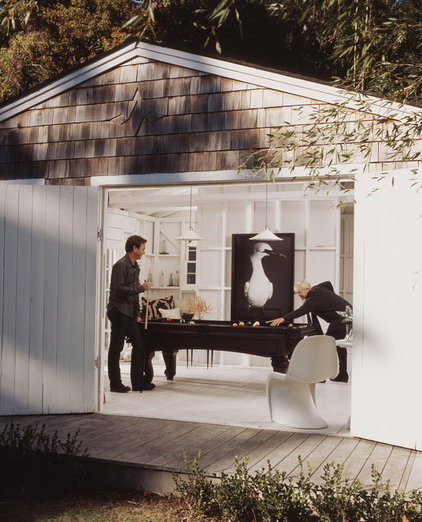NEW YORK (CNNMoney) -- The U.S. housing industry -- crucial to any jobs recovery -- showed more signs of strength, according to two reports issued Wednesday.The Census Bureau said housing starts and permits rose substantially in August. Separately, sales of previously occupied homes climbed 7.8% from a year ago, according to the National Association of Realtors.
Builders started on new homes at an annual rate of 750,000, up 29.1% compared with a year earlier. They applied to build another 803,000 new homes on an annual basis, a 24.5% jump compared with August 2011.
Home builders have become increasingly bullish -- a confidence index from the National Association of Home Builders reached its highest level since June 2006.
Even after recent gains, housing starts lag well behind the peak set in May 2005, when the pace of building hit more than 2 million homes.
If sales continue to gain steam, that could help the nation break out of its economic doldrums. Home building provides many good-paying jobs, about three hires for every home built in a year, according to the National Association of Home Builders.
A rebound would create other jobs too: factory jobs at carpet and furniture makers, for example. Truckers get work transporting all those goods.
Most housing markets around the nation have reached a good balance between sellers and buyers, according to the Realtors' chief economist, Lawrence Yun. There's a 6.1 month supply of homes on the market at the current pace of sales. That's down from 6.4 months in July and


















